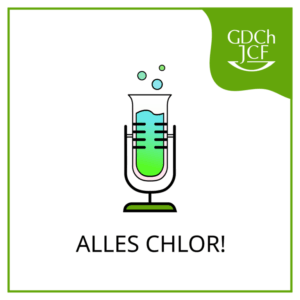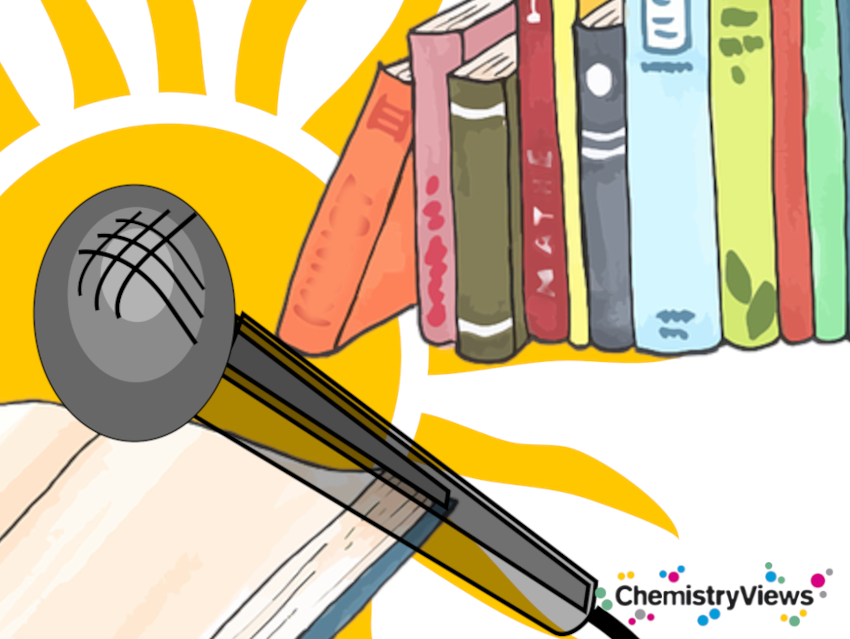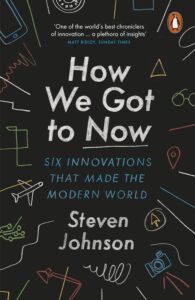 |
Glass, Cold, Sound, Clean, Time, Light: We live in a world where much is taken for granted. The book explains and explores how cold became something that people in warmer regions did not know before and now can’t live without, how glass, via glasses, led to literacy and may have fueled our current knowledge-based system, and how the recording of sound meant that anyone could enjoy music.
What makes this book so fascinating is not only the history of how these things came about, but the unplanned and unthinkable ways they changed people and society to where we are now.
suggested by Tom Kinzel
Chemistry Europe Representative from the German Chemical Society (GDCh)
|
|
|
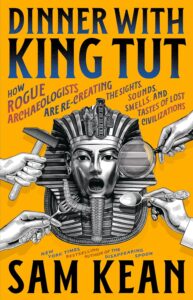 |
This book explores human history through sensory experiences—taste, sound, touch, and smell—brought to life by experimental archaeologists who recreate ancient practices.
suggested by Mario Müller
|
|
|
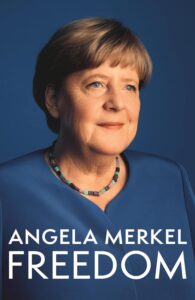 |
Freedom
by Angela Merkel
This is what it’s all about: the life of Germany’s chancellor, who was many things for the first time in this position—the first woman to head the government, the first East German, and—particularly exciting—the first scientist.
suggested by Christian Remenyi
Editor-in-Chief, Nachrichten aus der Chemie, the membership magazine of the German Chemical Society (GDCh)
|
|
|
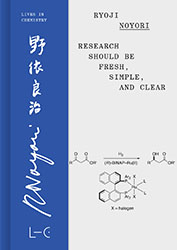 |
The book series ‘Lives in Chemistry’ offers personal insights into the lives and thinking of outstanding scientists. Internationally renowned chemists share how they made breakthroughs, who influenced their paths, and offer inspiration for the future. On May 23, Albert Eschenmoser’s autobiography Prizes are Good but Discoveries are Better was published, followed on June 13 by Ryoji Noyori’s Research Should Be Fresh, Simple, and Clear.
suggested by Eva E. Wille
former VP & Executive Director, Wiley-VCH and Honorary Chemistry Europe Fellow, Class 2020/2021
|
|
|
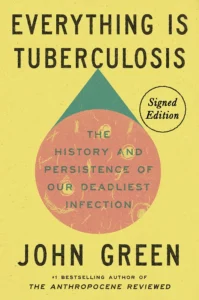 |
If you liked “Moulin Rouge!”, “La Traviata”, or “Der Zauberberg”, you already have an inkling of the cultural impact that Tuberculosis has had. Interwoven with a very personal story of a young tuberculosis patient, John Green tells the story of TB – past, present & future.
suggested by Axel Straube
Editor-in-Chief of the European Journal of Inorganic Chemistry
|
|
|
 |
Susanne Beyer investigates the mysterious death of her grandfather during World War II and uncovers the hidden legacies of family involvement in the Nazi era. It is not mentioned in the promotional text: he was a chemist. (in German)
suggested by Mario Müller
|
|
|
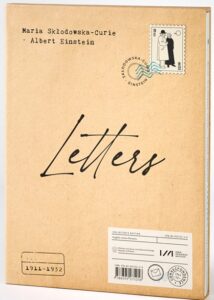 |
This book collects all the letters exchanged between Marie Skłodowska-Curie and Albert Einstein. The letters offer an unparalleled insight into the fascinating relationship between two titans of science—spanning scientific discussions to deeply personal reflections. Their correspondence stands as a testament to an extraordinary friendship, intellectual kinship, and mutual respect that endured over twenty years. (in English and Polish)
suggested by Marcin Górecki
Polish Academy of Sciences, Warsaw, and Chemistry Europe Fellow, Class 2022/2023
|
|
|
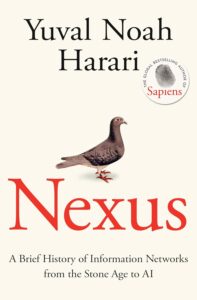 |
Nexus
by Yuval Noah Harari
Harari explores in this book how ever-expanding information networks have developed from prehistoric oral traditions and early writing systems to centralized bureaucracies and today’s digital, AI-driven platforms. While he offers hope that we can shape AI to boost wisdom, he emphasizes worst-case scenarios, how they could impact our future, and how we have to act now to make the right choices.
suggested by Vera Koester
|
|
|
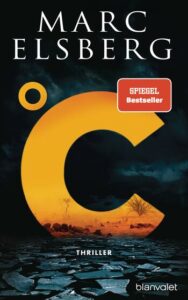 |
Celsius
by Marc Elsberg
An easy to read thriller. Not very complicated, perfect for the beach, hammock or in the train … Geo-engineering as a political and strategical weapon? How can the sun radiation be influenced? The story is clear sci-fiction but some aspects will make you curious. Is it (theoretically) possible?
suggested by Walter Schneider
Chemistry Europe Representative from the Austrian Chemical Society (GÖCH)
|
|
|
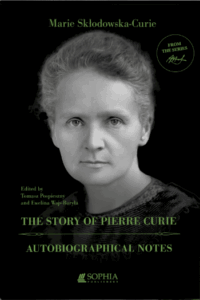 |
The first part of this book presents a portrait of Pierre Curie through Marie Curie’s perspective, while the second part features Marie Curie’s autobiography. It is richly illustrated with over 100 photographs and images. (in English and Polish)
suggested by Vera Koester
see also the Book Review
|
|
Additional Recommendations
|
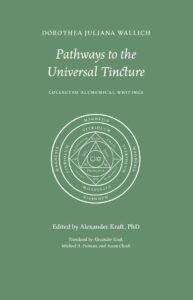 |
The collected alchemical works of Dorothea Juliana Wallich (1657–1725) represent the largest extant body of writings from a practicing female alchemist.
suggested by the History Division of the GDCh
|
|
|
 |
“With candor and humility, Labwork to Leadership demystifies the critical leadership skills that too many universities fail to teach. And it shows how teaching scientists to lead can boost productivity, spur innovation, and, above all, help research teams rediscover the joy of science.” (from book cover)
|
|
|
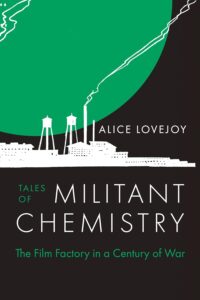 |
The book “re-examines the science behind film and photography and its overlooked role in shaping chemical industries and military innovation. The story of Kodak, for example, isn’t just about cameras—it’s about rayon, explosives, plastics, and uranium separation. The book tells how nitrate film chemistry overlaps with the development of poison gas and how early polymer production supported both entertainment and war.” (from the publisher)
|













